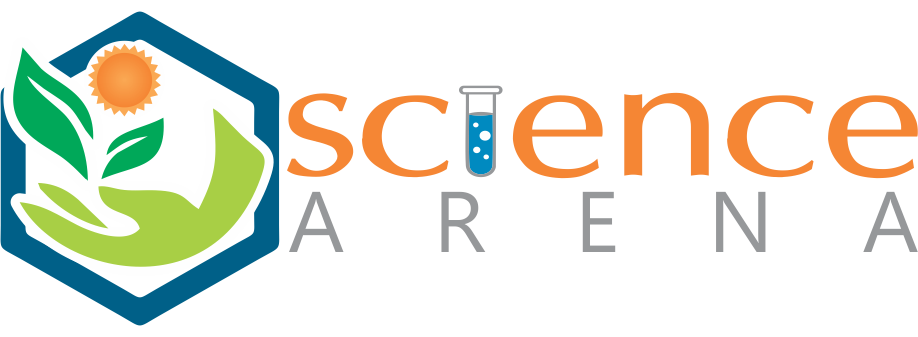The human stomach related framework is an intricate arrangement of organs and organs that procedures nourishment. So as to utilize the nourishment we eat, our body needs to separate the sustenance into littler atoms that it can process; it likewise needs to discharge squander.
The greater part of the stomach related organs (like the stomach and digestive organs) are tube-like and contain the sustenance as it advances through the body. The stomach related framework is basically a long, contorting tube that keeps running from the mouth to the butt, in addition to a couple of different organs (like the liver and pancreas) that create or store stomach related chemicals.
The beginning of the procedure - the mouth:
The stomach related process starts in the mouth. Sustenance is mostly separated by the way toward biting and by the substance activity of salivary compounds (these chemicals are created by the salivary organs and separate starches into littler particles).
While in transit to the stomach: the throat - In the wake of being bitten and gulped, the sustenance enters the throat. The throat is a long tube that keeps running from the mouth to the stomach. It utilizes musical, wave-like muscle developments (called peristalsis) to constrain nourishment from the throat into the stomach. This muscle development enables us to eat or drink notwithstanding when we're topsy turvy.
In the stomach - The stomach is a substantial, sack-like organ that agitates the sustenance and showers it in an exceptionally solid corrosive (gastric corrosive). Nourishment in the stomach that is mostly processed and blended with stomach acids is called chyme.
In the small digestive system - In the wake of being in the stomach, sustenance enters the duodenum, the initial segment of the small digestive tract. It at that point enters the jejunum and afterward the ileum (the last piece of the small digestive system). In the small digestive system, bile (delivered in the liver and put away in the rankle bladder), pancreatic chemicals, and other stomach related catalysts created by the internal mass of the small digestive system help in the breakdown of sustenance.
In the digestive organ - Subsequent to going through the small digestive system, sustenance goes into the internal organ. In the digestive organ, a portion of the water and electrolytes (chemicals like sodium) are expelled from the sustenance. Numerous microorganisms (microscopic organisms like Bacteroides, Lactobacillus acidophilus, Escherichia coli, and Klebsiella) in the internal organ help in the absorption procedure. The initial segment of the digestive organ is known as the cecum (the supplement is associated with the cecum). Nourishment at that point ventures upward in the climbing colon. The nourishment traversed the guts in the transverse colon, backpedals down the opposite side of the body in the sliding colon, and after that through the sigmoid colon.
Tags
FOOD AND SCIENCE


Wow
ReplyDeleteWow
ReplyDelete